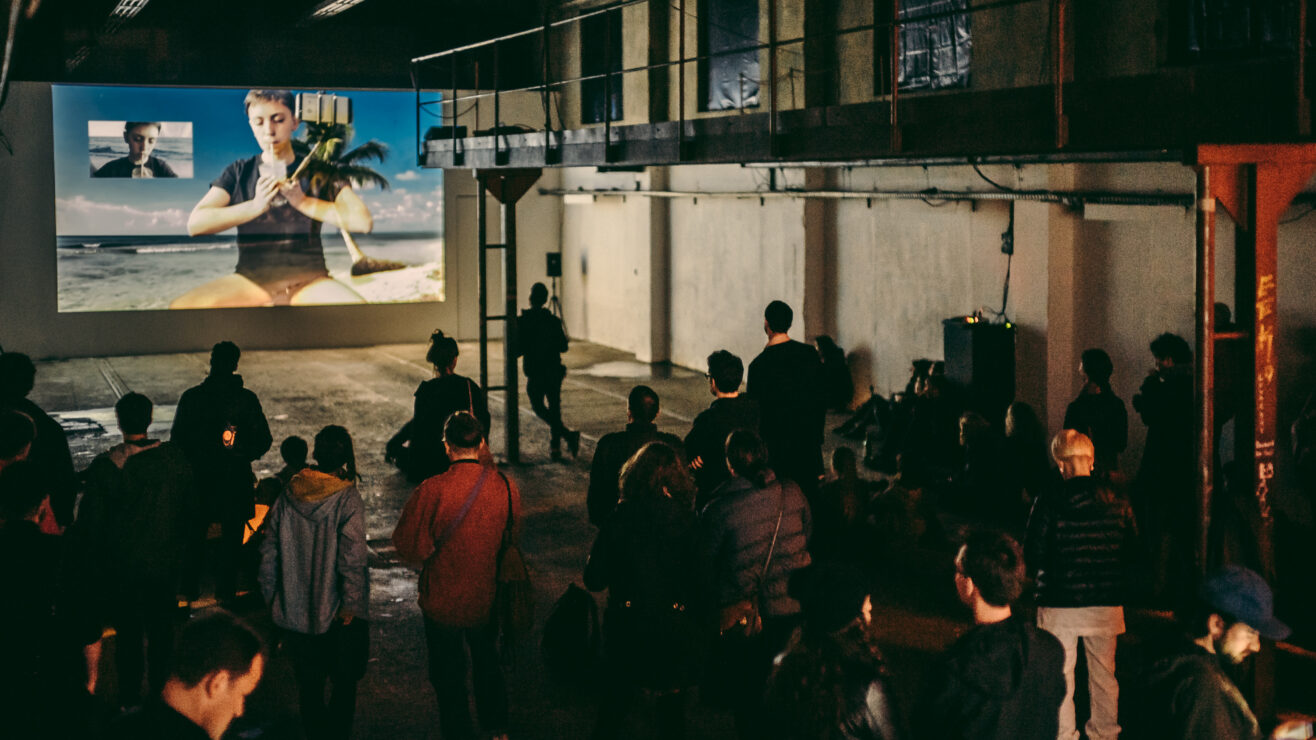TALKING MODERN
A Robot is just a colleague for me.
It’s not about how the world of work will look like in the future anymore. It’s about the world as it is. For a long time we aren’t able to keep up with it. To live a life for which we are simply too slow to live tears us apart.
The art studio (atelier) of Martin Honert has focused their work on the topic of Display for a long time. Which form of presentation would make art projects accessible? How can 17 artistic approaches be seen as separate works and yet still remain as a cohesive exhibition?
In the exhibition Talking Modern 17 video sequences are presented, cut one after another. In these videos artists negotiate on different approaches, ideas and questions. For many, video doesn’t comply with their preferred form of media, it’s something new. A short video format offers the opportunity to present the complex and fear-provoking topic Mensch 4.0 in a condensed and limited manner…maybe. It will be interesting!
Overworking, dying from tiredness. Karōshi. When the robot is your colleague, so that you do not have to inhale the dust. Silent Retreat in Thailand, yoga practice on the beach, to live the life as if it were an endless holiday, to find the way back to yourself. But to share all the experiences on social media to earn some money on it. Always-on. Pippilotta Viktualia Rullgardina KrusmyntaEfraimsdotter Långstrump had taken Krummelus Pillen pills to stay a child forever. Hopefully, they were not just beans.
God created human kind in his own image. Man answered with the robot. Is then the robot the image of the image? Artists should provide new perspectives on the world. Does art generated by robot machines present end objective art? Humanoid robots can also make jokes. But do they know the feeling of being uprooted? Do they feel the burden of this complex world?Wouldn’t they rather play tennis and eat chips? And what does Martin Honert actually think about it?
Text: Marie Donike
Participating artists:
Sophia Hose, Camillo Gulde, Mirjam Kroker, Ronja Sommer, Jinmo Ryu, Olivia Schneider, Johannes Specks, Anne Lange, Simon Mann, Lars Frohberg, Miriam Schröder, Elizabeth Charnock, Johanna Failer, Raiko Sánchez, Jonas Engelhardt, Teresa Ellinger, Elisa Schumann.
Es ist die erste Ausstellung des neuen GEH8 Veranstaltungsformats „Verstärker“. Unter diesem Titel präsentiert die GEH8 künftig Projekte und Ausstellungen von Student*innen und Absolvent*innen der HfBK Dresden und anderer Hochschulen in Sachsen.
Neben ihren eigenen Ausstellungen und Projekten öffnet die GEH8 seit Jahren ihren Raum für junge Künstlerinnen und Künstler und sorgt so für bessere künstlerische Produktions- und Präsentationsbedingungen in Dresden. Mit „Verstärker“ wurde nun erstmals ein eigenes Format geschaffen, dass die Vernetzung lokaler und aufstrebender künstlerischer Positionen stärkt und Dresden als Standort für die künstlerische Ausbildung in den Fokus rückt.
Pictures from the opening:
pictures: © pidelta.de
The exhibition is supported by:

Abbildung/Grafik: Raiko Sánchez












